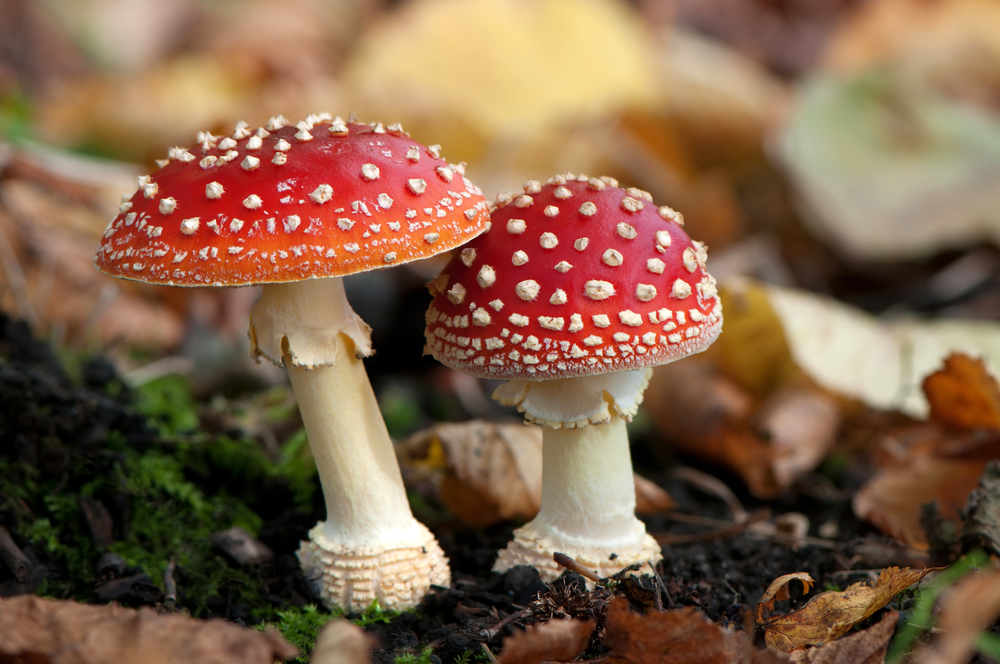Fungi are multicellular organisms that can be very complex or single celled. Although they can be found in almost any habitat, the majority of them are terrestrial, mostly found in soil or plant matter as opposed to freshwater or the ocean. In the soil or on decomposing plant matter, a group of organisms known as decomposers thrive and are crucial to the cycling of carbon and other elements.
Some parasites on plants cause diseases like canker, mildew, rust, and scabs. Fungal diseases in crops can cause a farmer to suffer a large financial loss. Animal illnesses are only caused by a very tiny percentage of fungi. These include skin conditions like ringworm, thrush, and athletes’ foot in humans.
Varieties of fungi
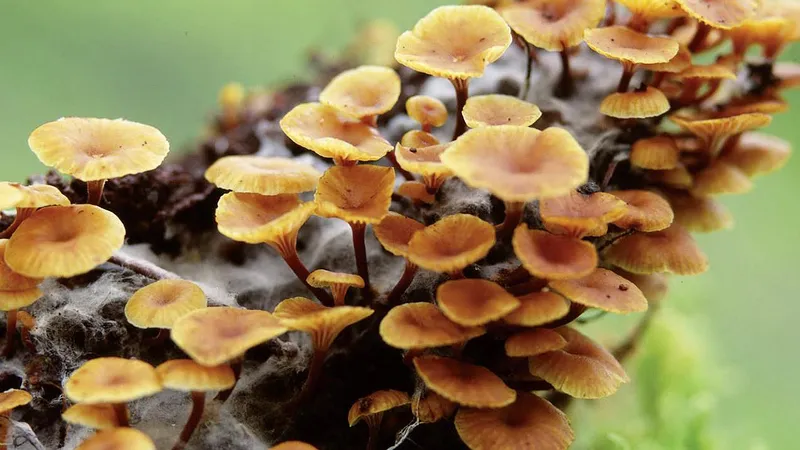
The life cycles of fungi, the presence or composition of their fruiting bodies, and the arrangement and kind of spores (reproductive or distributional cells) they generate are the factors that categorize them.
There are three main categories of fungi:
- filamentous molds with multiple cells.
- macrofungi with filamentous strands that grow into massive fruiting bodies. Although the group is sometimes referred to as “mushrooms,” a mushroom is simply the portion of a fungus that grows above ground and is also called a fruiting body.
- microscopic single-celled yeasts.
SEM image of Candida albicans hyphae and yeast that is colorized. Bud scars, great yeast, and pseudohyphae. a fungus that resembles yeast that frequently grows on human skin and in the alimentary, reproductive, and female genital tracts. This fungus has stages that are both yeast and hyphal in its dimorphic life cycle. Both pseudohyphae and hyphae (strands) are produced by the yeast. Yeast cells can develop from the pseudohyphae by apical or lateral budding. causes vulvo-vaginitis and thrush, which are infections of the mouth and vagina that are associated with candidiasis.
Filamentous molds with multiple cells
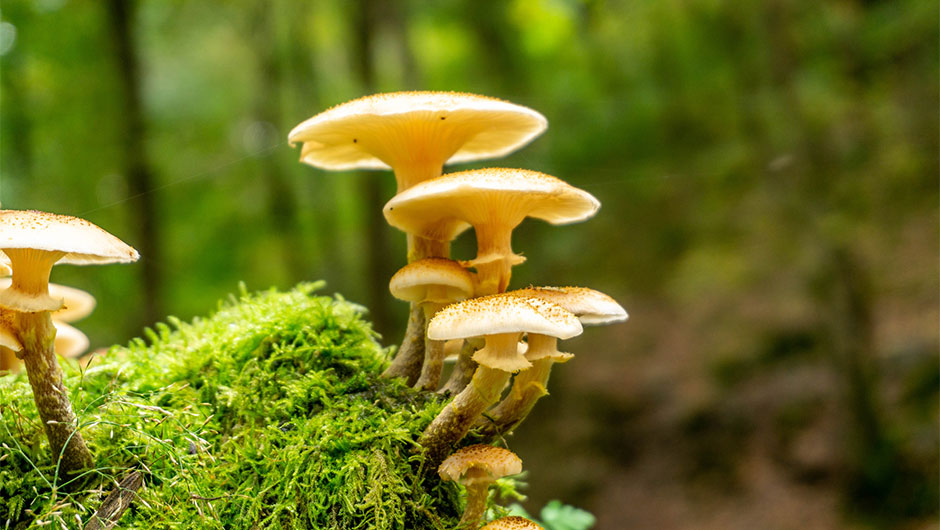
Hyphae, which are extremely fine threads, comprise molds. Hyphae form long, branching chains at their tips by continually dividing along their length. The hyphae continue to grow and entwine until they create a mycelium, which is a web of threads. The hyphal tip secretes digestive enzymes. These enzymes reduce the size of the organic matter in the soil to smaller molecules that the fungus can consume.
Spores develop on some of the hyphal branches that extend into the sky. Spores are specialized structures that are shielded from extreme weather conditions like drying out and high temperatures by a protective coat. Approximately 500–1000 of them could fit on a pin head due to their small size.
Because they allow the fungus to multiply, spores are similar to seeds. Spores can spread by insects, wind, or rain. When they finally arrive in new environments, they may begin to grow and produce new hyphae if the right circumstances are met. Since fungi are immobile, they use spores to travel to new areas with fewer rival organisms.
Large-scale filamentous fungus
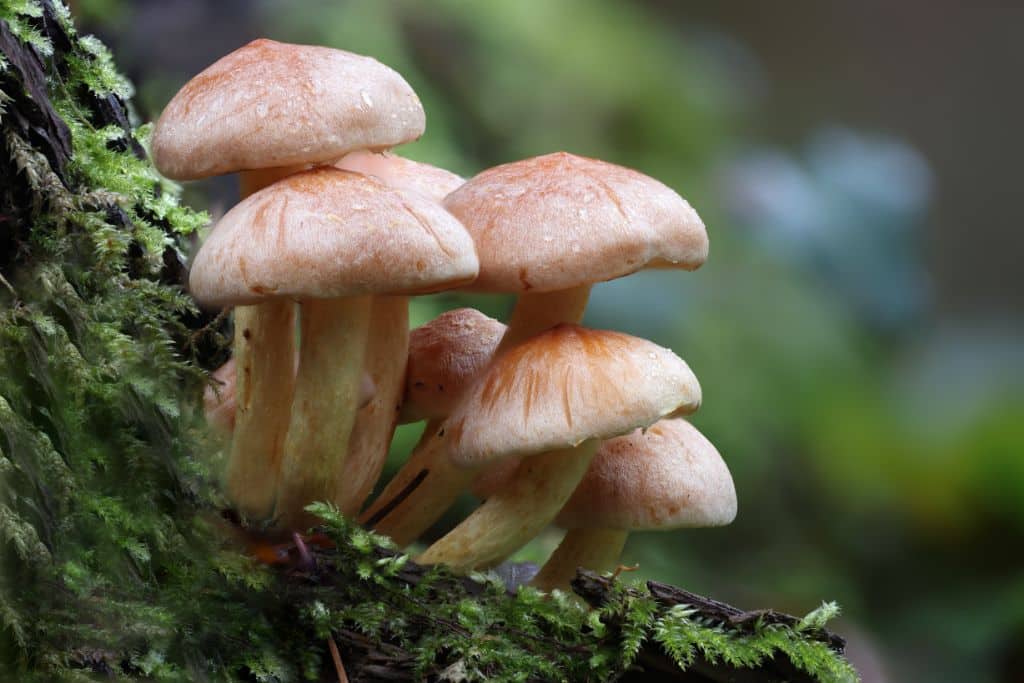
Mycelium production is another method used by macroscopic filamentous fungi to grow underground. They are not the same as moulds in that they produce visible fruiting bodies (also called toadstools or mushrooms) that contain the spores. The hyphae that make up the fruiting body are densely packed and split to form the various components of the fungal structure, such as the stem and cap. Spores cover the gills beneath the cap, and a 10 cm diameter cap can yield up to 100 million spores in an hour.
Yeasts
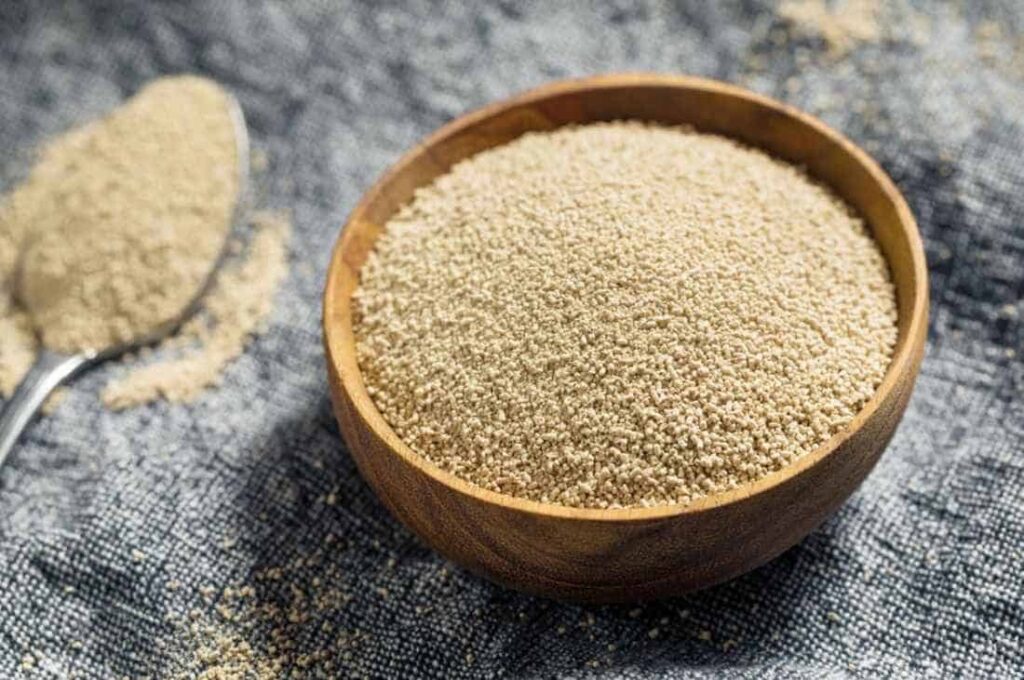
Yeasts are single, tiny cells with a lemon-like shape that resemble red blood cells in size. By budding a daughter cell off of the original parent cell, they proliferate. Where buds have broken off, the yeast cell’s surface displays scars. Yeasts like Saccharomyces are essential for both brewing and bread production. One of the most popular model organisms for genetic research, such as that done on cancer, is the yeast. Certain yeast species, like Candida, are opportunistic pathogens that infect people with compromised immune systems.
Conclusion
Fungi are a diverse and integral part of the microbial world, contributing to ecological balance, human health, and technological advancements. Microbiology, as a field, continues to unravel the complexities of fungi, revealing their importance and potential in various domains. From their role in decomposition to their applications in biotechnology, fungi exemplify the profound impact microscopic organisms have on the world. As research progresses, the understanding of fungi and their multifaceted roles will undoubtedly expand, offering new opportunities for scientific and practical advancements.
